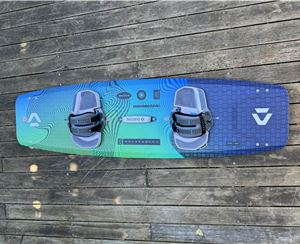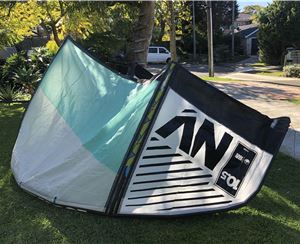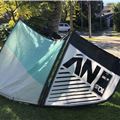Kiteboarders lose access to flat water location, be warned!

It’s all in the name of conservation; the Monomoy National Wildlife Refuge is home to thousands of birds. Birds like Piping Pluvers and American Oystercatcher’s, which according to the U.S. Fish and Wildlife Service get spooked by kites.
“Kites are a problem because to a bird that’s on the ground, they see something up in the air and they think it’s a predator, so they will leave the nest,” explains Libby Herland of the US fish and Wildlife Service, “and when a bird leaves its nest, if it has eggs those eggs are not going to be incubated.”
You’ve probably heard of Cape Cod as a kiteboarding destination, because it’s a premiere flat water spot in the U.S.A. This little section of it is only accessible by boat, but it resembles many of the most popular flat water locations in Australia. Picture white sand dunes, Spinifex grass and sea grass washed up on the beach. Sounds a lot like Safety Bay in WA, Caloundra River mouth in QLD and Towra in NSW right? These places are all either within, or very close to a National Park or Conservation Park, and kiteboarding is most definitely having an effect on the wildlife.
Consider this a warning if you regularly kiteboard near, or within a national park in Australia. Conservationists and animal groups are watching, and kites do have a real effect on birdlife in the area. So be mindful of where your kites are flying, what the shadows are passing over and in general, what effect your presence is having on the beach.
Stay safe, be mindful and considerate when kiteboarding, and we’ll continue to enjoy kiteboarding in some of the most unique locations in the world.
















